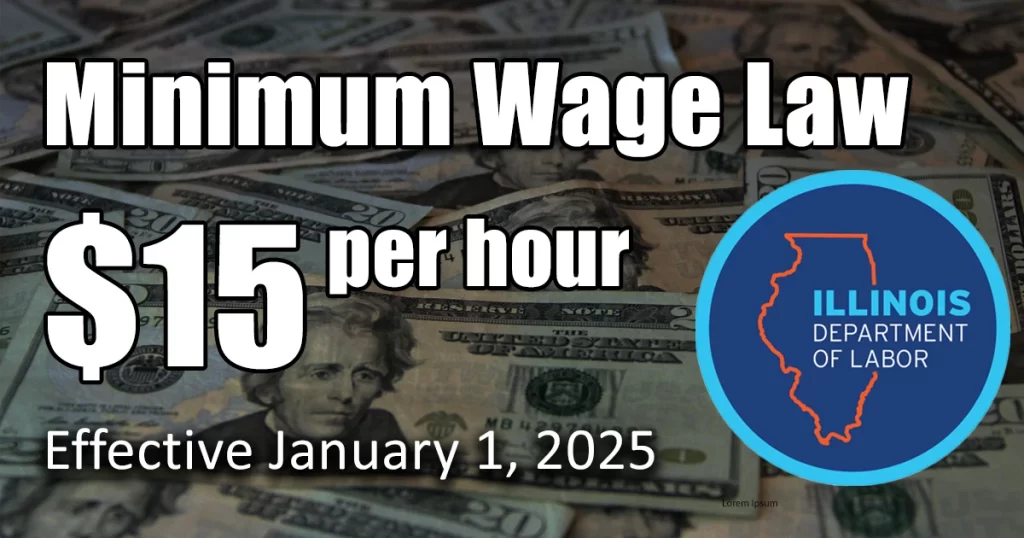 The state and Cook County minimum wage is $15 as of January 1, 2025.
The state and Cook County minimum wage is $15 as of January 1, 2025.
On Jan. 1, 2025, the Illinois state minimum wage increased to $15 per hour (for employers with four or more employees), $9 per hour for tipped employees, and $13 per hour for employees 17 years old and younger who work less than 650 hours in a calendar year (individuals that work 650 hours or more are entitled to the $15 per hour minimum wage).
This move marks the final hike in Governor Pritzker’s 2019 legislation scheduling minimum wage increases from $9.25 per hour in 2020 to $15 per hour in 2025.
The Cook County minimum wage also increased on Jan. 1, 2025 (for employers with four or more employees) to $15 per hour, and to $9 per hour for tipped employees, matching the state’s minimum wage.
Read the full press release here: https://labor.illinois.gov/laws-rules/fls/minimum-wage-law.html

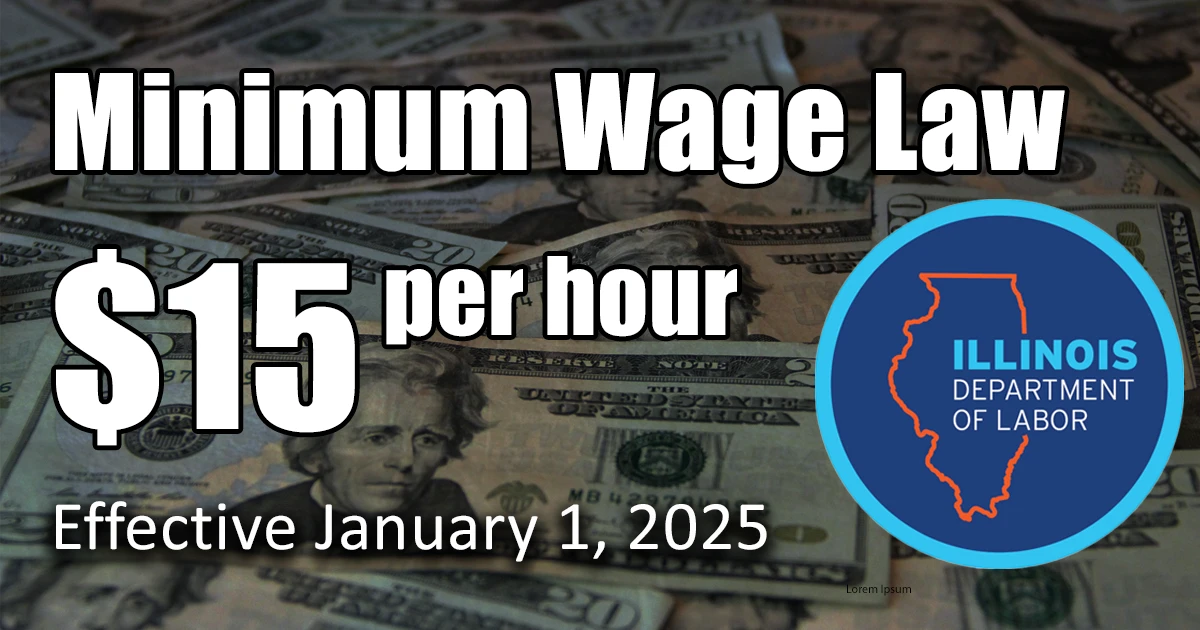
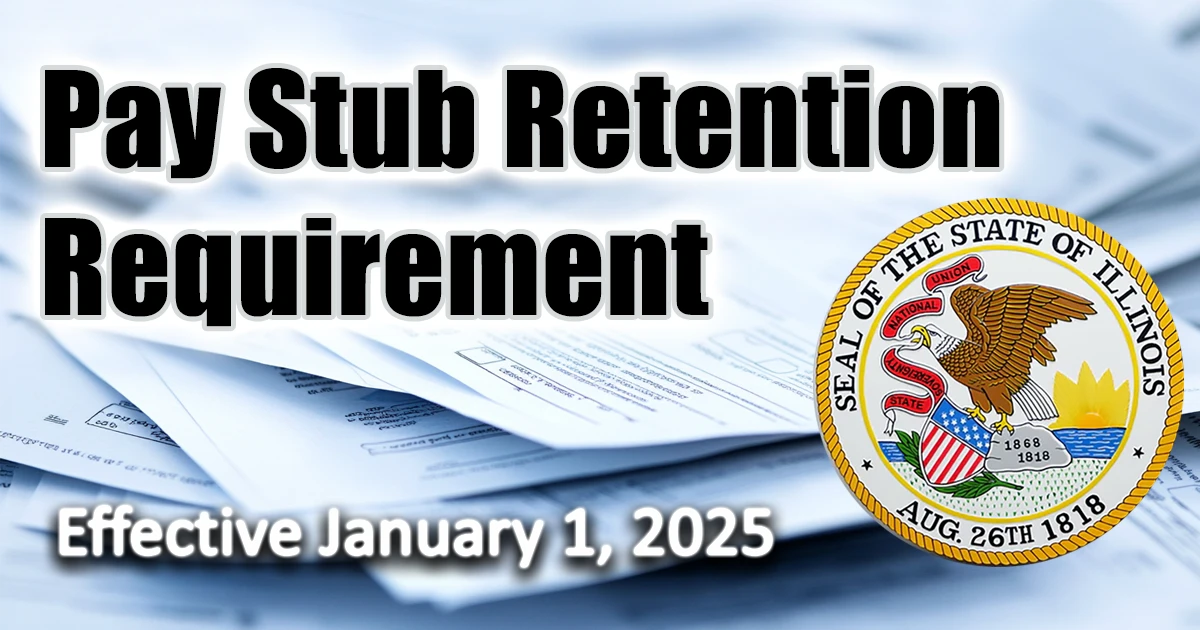
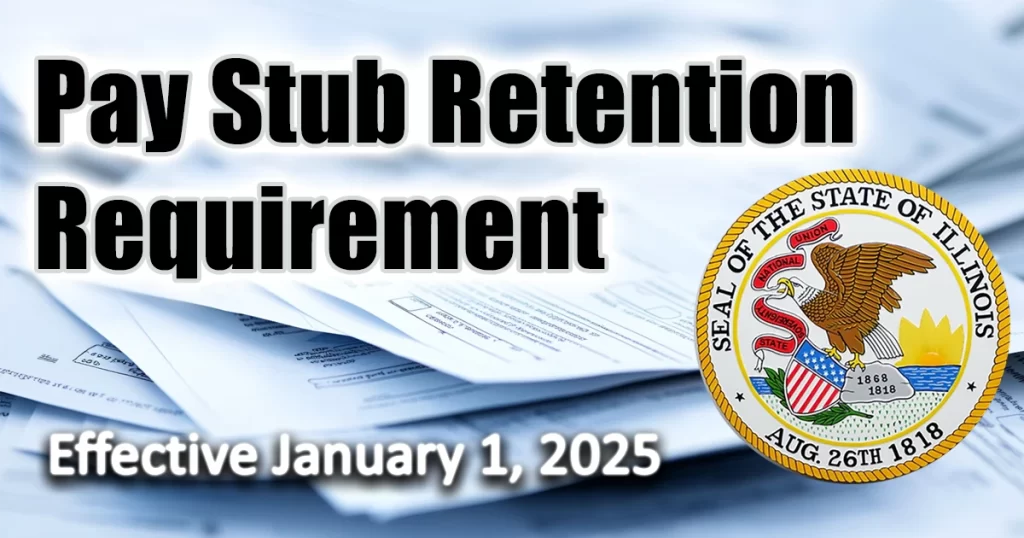 SPRINGFIELD – Starting January 1, 2025, employers in Illinois will be required to provide pay stubs to employees each pay period.
SPRINGFIELD – Starting January 1, 2025, employers in Illinois will be required to provide pay stubs to employees each pay period.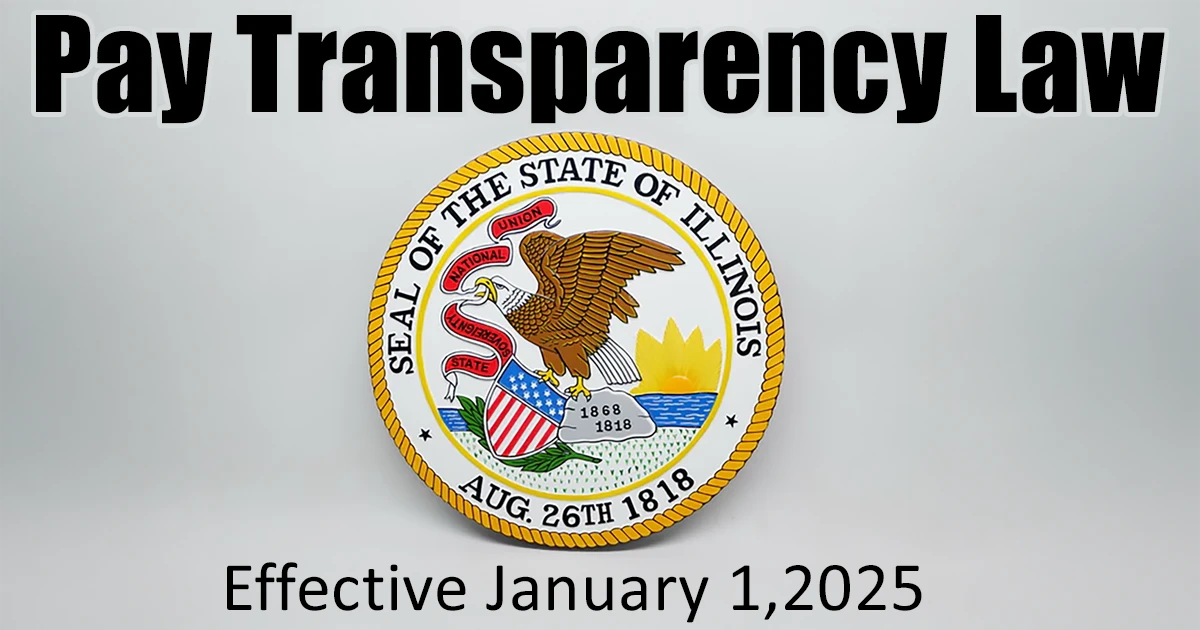
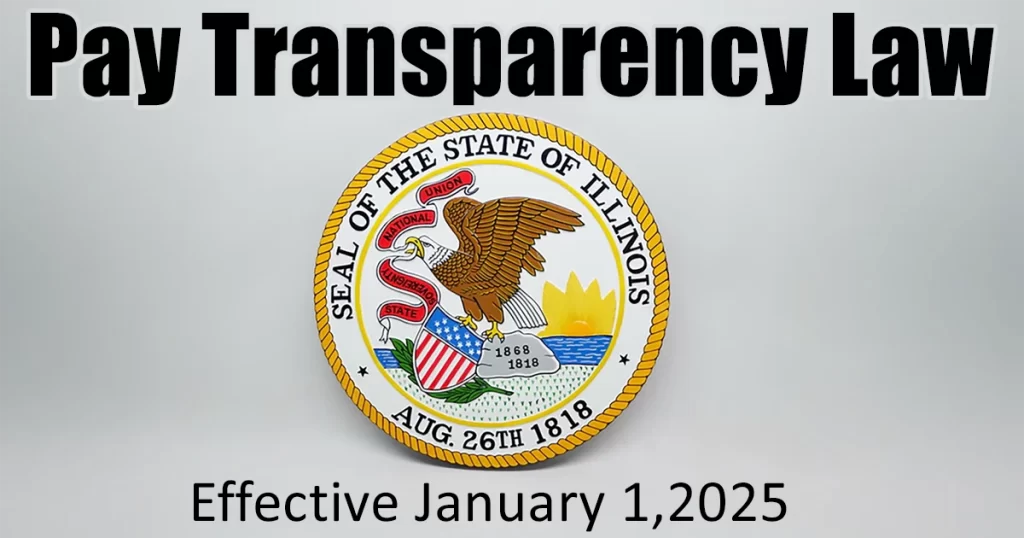 SPRINGFIELD – The Illinois Department of Labor (IDOL) is reminding job seekers and employers that, effective January 1, 2025, all job postings made by employers with 15 or more employees will need to include pay scale and benefit information.
SPRINGFIELD – The Illinois Department of Labor (IDOL) is reminding job seekers and employers that, effective January 1, 2025, all job postings made by employers with 15 or more employees will need to include pay scale and benefit information.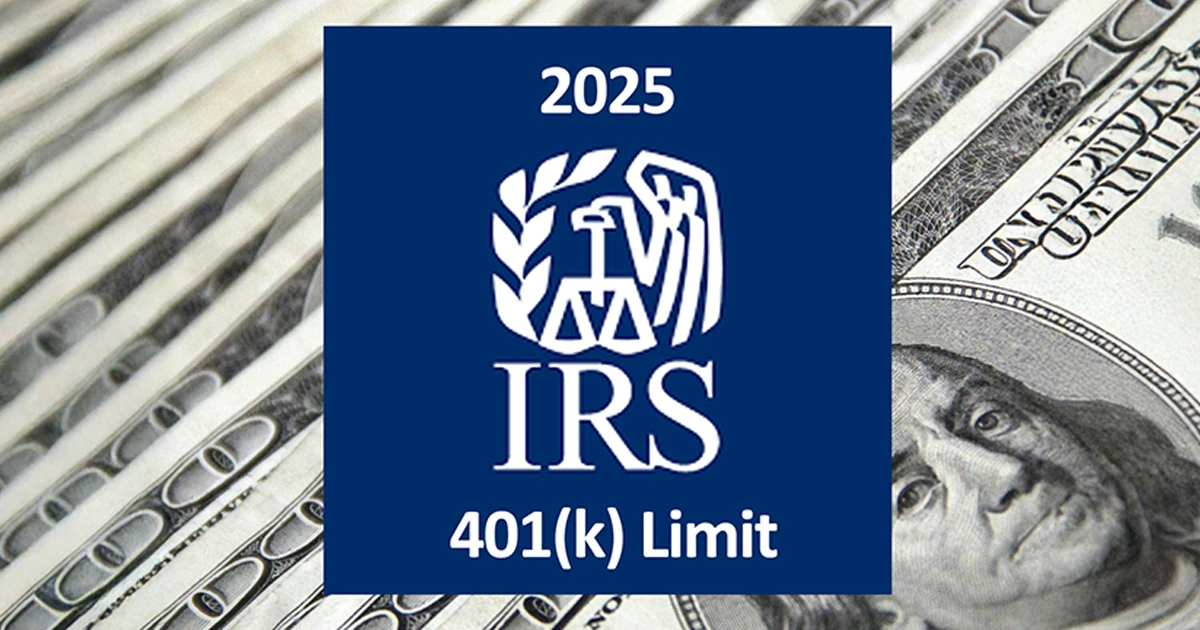
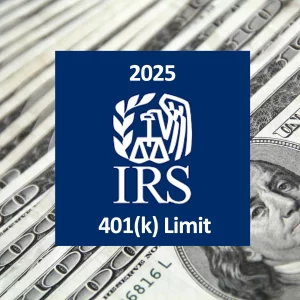 On November. 1, 2024 ,the Internal Revenue Service issues a news release IR-2024-285, which announced 401(k) limit increases to $23,500 for 2025, (raised up from $23,000 for 2024.) IRA limit remains $7,000.
On November. 1, 2024 ,the Internal Revenue Service issues a news release IR-2024-285, which announced 401(k) limit increases to $23,500 for 2025, (raised up from $23,000 for 2024.) IRA limit remains $7,000.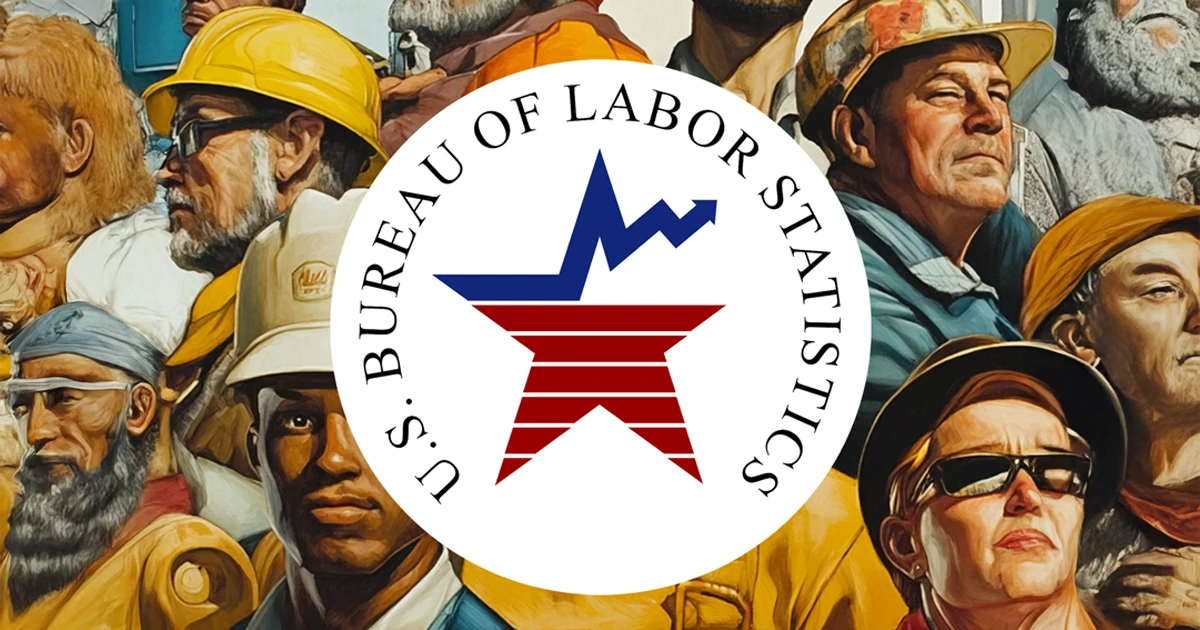
 On Tuesday, October 29, 2024 the U.S. Bureau of Labor Statistics released the October 2024 Job Openings and Labor Turnover Summary.
On Tuesday, October 29, 2024 the U.S. Bureau of Labor Statistics released the October 2024 Job Openings and Labor Turnover Summary.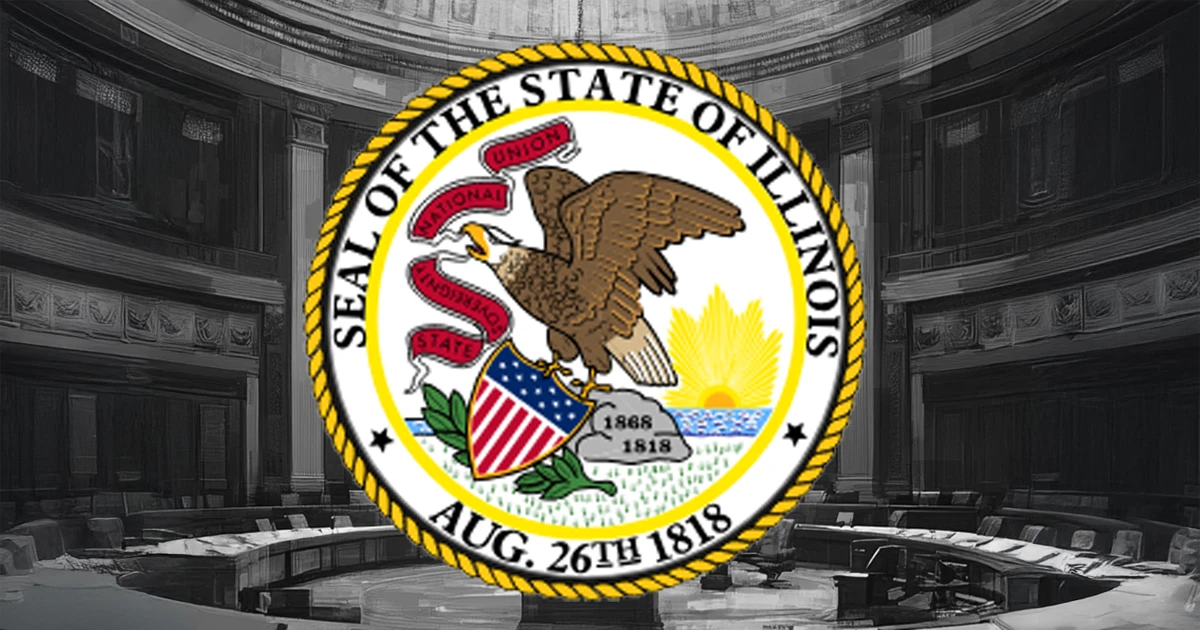
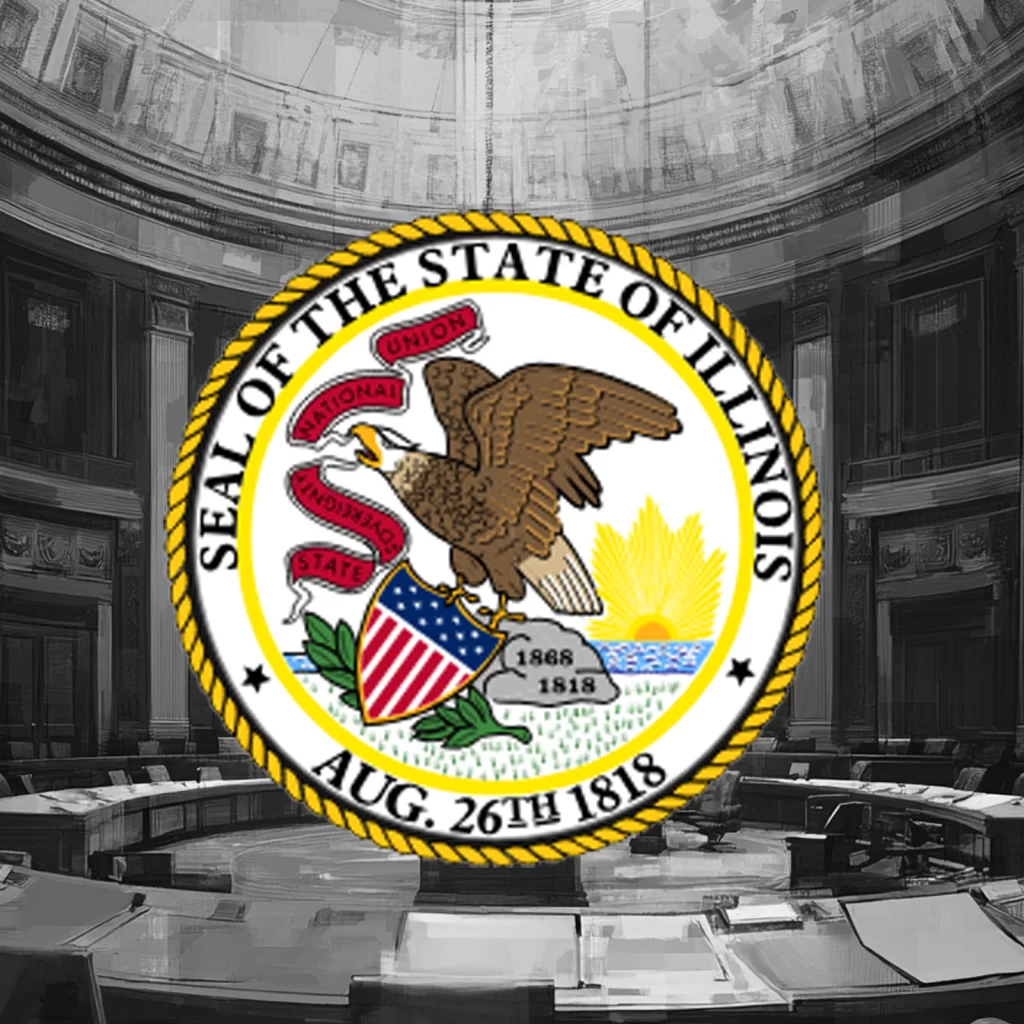 P.A. 103-0539 (HB 3129) (Rep. Canty, Sen. Pacione-Zayas)—EQUAL PAY ACT – PAY SCALE
P.A. 103-0539 (HB 3129) (Rep. Canty, Sen. Pacione-Zayas)—EQUAL PAY ACT – PAY SCALE